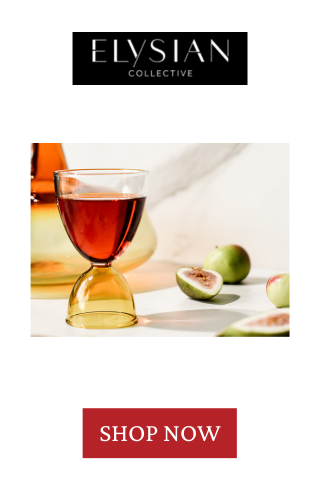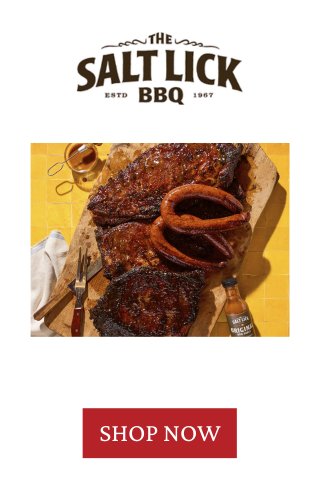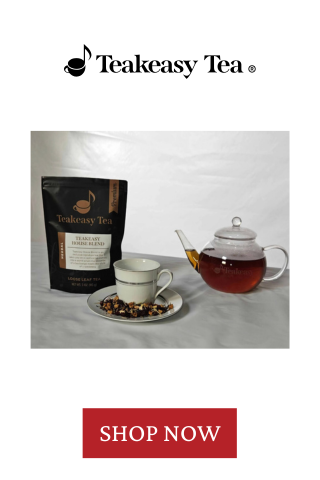Austin’s Veronica Meewes Talks Texas BBQ in New Book: The Art of Low & Slow
This Austin-based author traveled across Texas to explore the history and communities that define Texas barbecue
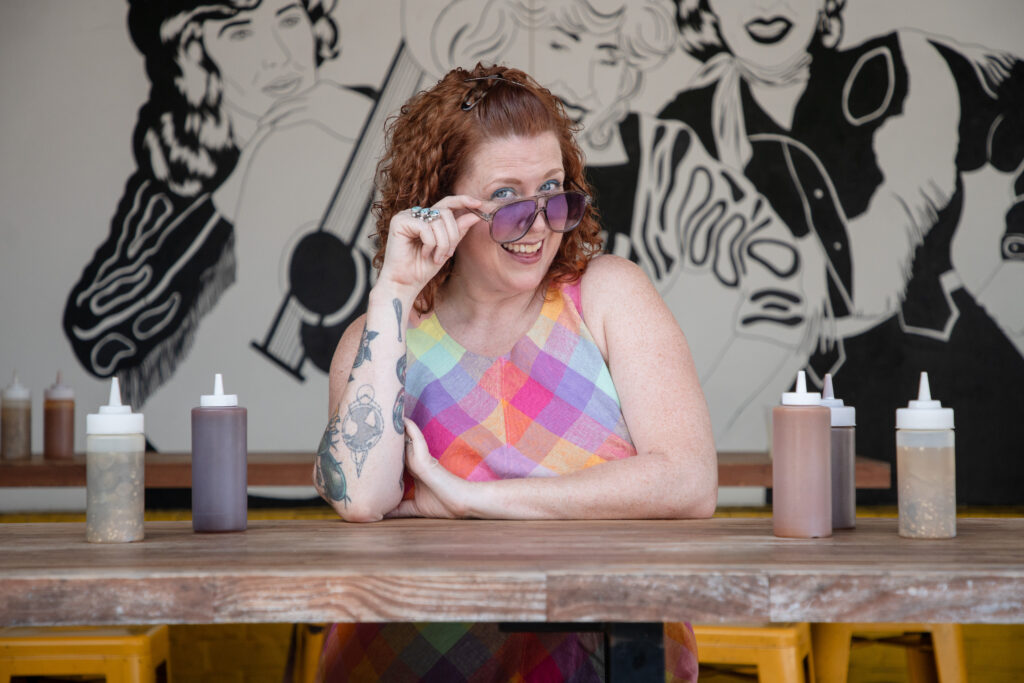
With over a decade of chronicling culinary adventures under her belt — covering everything from fine dining and local food scenes — Veronica Meewes is no stranger to telling the stories behind what we eat. Her newest project, “Texas BBQ: The Art of Low & Slow,” marks her most ambitious undertaking yet: a deep exploration of Texas barbecue and the people who help shape it. Drawing on her years of experience, personal conversations and a plethora of miles logged across the state, Meewes captures the heritage and the evolving creativity of this unique smoke-filled tradition.
TRIBEZA sat down with her to discuss how the book came to be, the surprises she uncovered along the way and what she hopes readers will take away from this in-depth exploration of the art of low and slow.

Since you write about food for a living, how often do you write specifically about barbecue? How does barbecue coverage differ from the other food writing you do?
VM: I’ve written about barbecue throughout the years, but this was a completely different kind of deep dive — in fact, the deepest I’ve ever taken on any single topic. I wouldn’t say writing about barbecue is fundamentally different from writing about other foods, but it does feel more multisensory: the scent of smoke, the heat of the pit room and the physicality of the craft. Working on this project taught me a lot about the tools, techniques and processes specific to barbecue.
Can you tell me more about the project and its origin story?
VM: I was actually working on another book with HarperCollins — a bar guide to Austin that’s part of their Drink Like a Local series — when my editor mentioned they wanted to publish a major book on Texas barbecue and asked if I had any interest in such a project. There have been outstanding books written on the subject, namely, Daniel Vaughn’s “The Prophets of Smoked Meat” and Robb Walsh’s “Legends of Texas Barbecue Cookbook,” but Texas barbecue has made huge leaps and bounds in the last decade, and no one has documented that new era yet. I knew that I was about to embark on a long and challenging journey when I signed on, but I also knew it was a book that needed to be written.
Holiday Gift Guide
How did you decide which pit masters and barbecue joints to feature? Were there any surprising discoveries along the way?
VM: The work that Texas Monthly barbecue editor Daniel Vaughn and his team have done were certainly instrumental in my research journey. But while those Top 50 lists, both past and current, helped guide my path, you won’t find every single top-rated spot included by any means, nor do I use a ranking system. My book includes places that are an integral part of Texas barbecue history, even if they may not be topping those fiercely competitive lists anymore. I also leaned on word-of-mouth recommendations from other pitmasters as well as serious foodies.
Originally, I had included a number of sidebars as a way to highlight even more noteworthy places. One of those sidebars highlighted barbecue in unexpected places, like a church in Huntsville serving pecan-smoked meats and a barbecue joint operating inside a car dealership in Frisco. These quirky discoveries were some of my favorite surprises while writing the book, but unfortunately, most of those sidebars were edited out due to space. And the book is still over 500 pages!
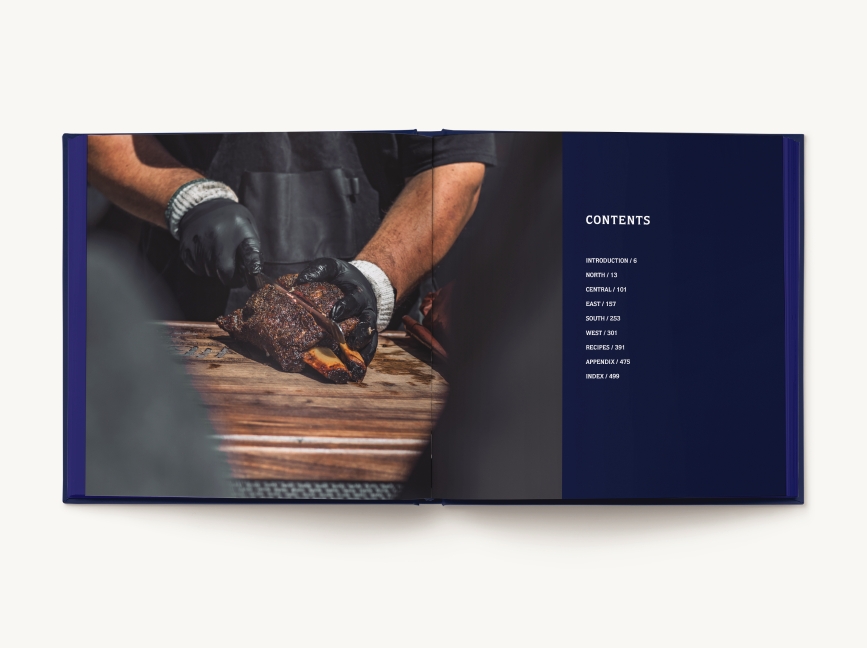
Texas barbecue has a deep cultural and historical footprint. Were there any historical details or stories that surprised you during your research?
VM: What surprised me is just how cloudy early Texas barbecue history is. Many of the state’s first brick-and-mortar barbecue joints have experienced multiple owners and name changes, making exact origin stories difficult to trace. And sparse documentation — plus a few family feuds sprinkled in — have only added to the tangle!
Was there anything that surprised you about the BBQ culture? How would you describe it to an outsider looking in?
VM: Most Texans are familiar with the lore of several barbecue family feuds, and the industry has historically been associated with guarded techniques and recipes. It’s also no secret that Texas barbecue is incredibly competitive, with thousands of talented pitmasters across the state vying for a spot on Texas Monthly’s Top 50 list. Knowing all of this, I was surprised to learn how supportive and close-knit the barbecue community actually is. They’re already some of the hardest-working folks in the culinary world, and they’re also willing to help each other out at a moment’s notice, whether that means lending a pit or hosting a fundraiser for someone in need.
For someone new to Texas barbecue, what do you hope they take away from your book?
VM: In Texas, we hear a lot about the German and Czech immigrants who opened meat markets and introduced sausage-making to Central Texas. But they didn’t arrive until the mid-1800s and, while indeed influential, only represent one piece of our state’s barbecue traditions. Long before that, indigenous people like the Caddo in the East and the Atakapa along the Gulf Coast cooked over fire and smoked meat as a method of preservation. In the 1600s, Spanish settlers brought cattle to the region and Mexican vaqueros introduced their style of cooking barbacoa by wrapping seasoned meats and cooking them underground with hot coals. By the early 1800s, settlers from the American South – many of them enslaved African-Americans — brought Southern pit-smoking techniques to East Texas. After emancipation, freedmen who were skilled pitmasters and ranch hands opened barbecue joints and hosted community gatherings centered around smoked meat. So Texas barbecue was born from a melting pot of cultures and influences, and that diversity continues today.
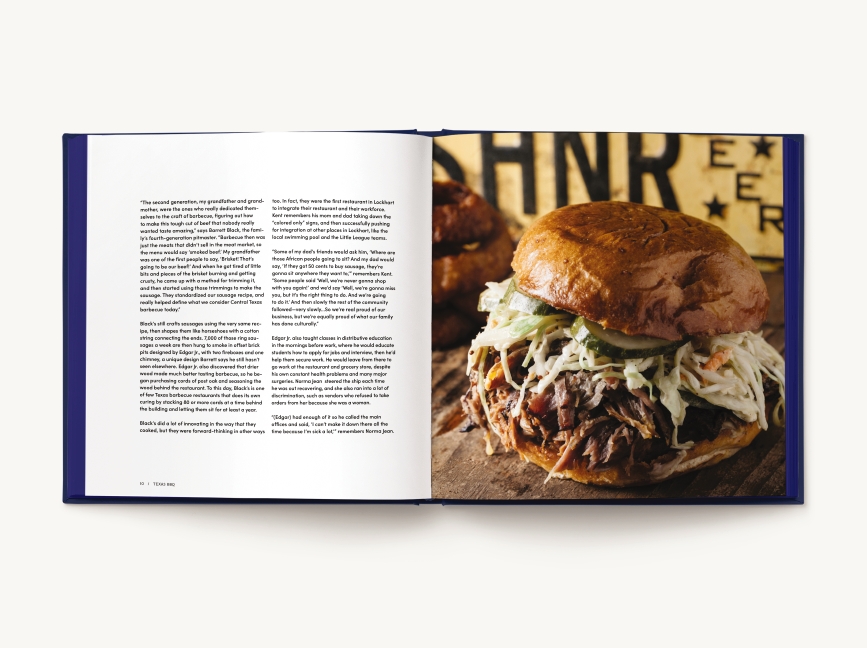
Do you have a personal favorite barbecue style or regional specialty in Texas?
VM: As far as smoking techniques go, I am partial to classic Central Texas barbecue, which uses simple salt and pepper seasoning and post oak smoke. That being said, I particularly love the places that put their own cultural spin on the style, like Burnt Bean Company’s drool-worthy South Texas and Mexican-inspired dishes, KG BBQ with its vibrant Egyptian influence, Smoke’n Ash BBQ’s Tex-Ethiopian creations and Sabar BBQ, where Pakistani spices and flavors shine through on the menu.
If someone only had time to visit one barbecue spot in Texas, which one would you send them to, and what should they order?
VM: That would completely depend on what regional style of barbecue they prefer, and whether they want something classic or more modern. But I’ll narrow it down to two in Central Texas: purists who want a true taste of history should worship at the Cathedral of Smoke — Louie Mueller Barbecue in Taylor. Those seeking a more contemporary experience that still honors the tenets of Central Texas barbecue should head to the Michelin-starred LeRoy & Lewis Barbecue, where Evan LeRoy crafts “new school barbecue” with a fine dining chef’s precision and a focus on sustainability.














